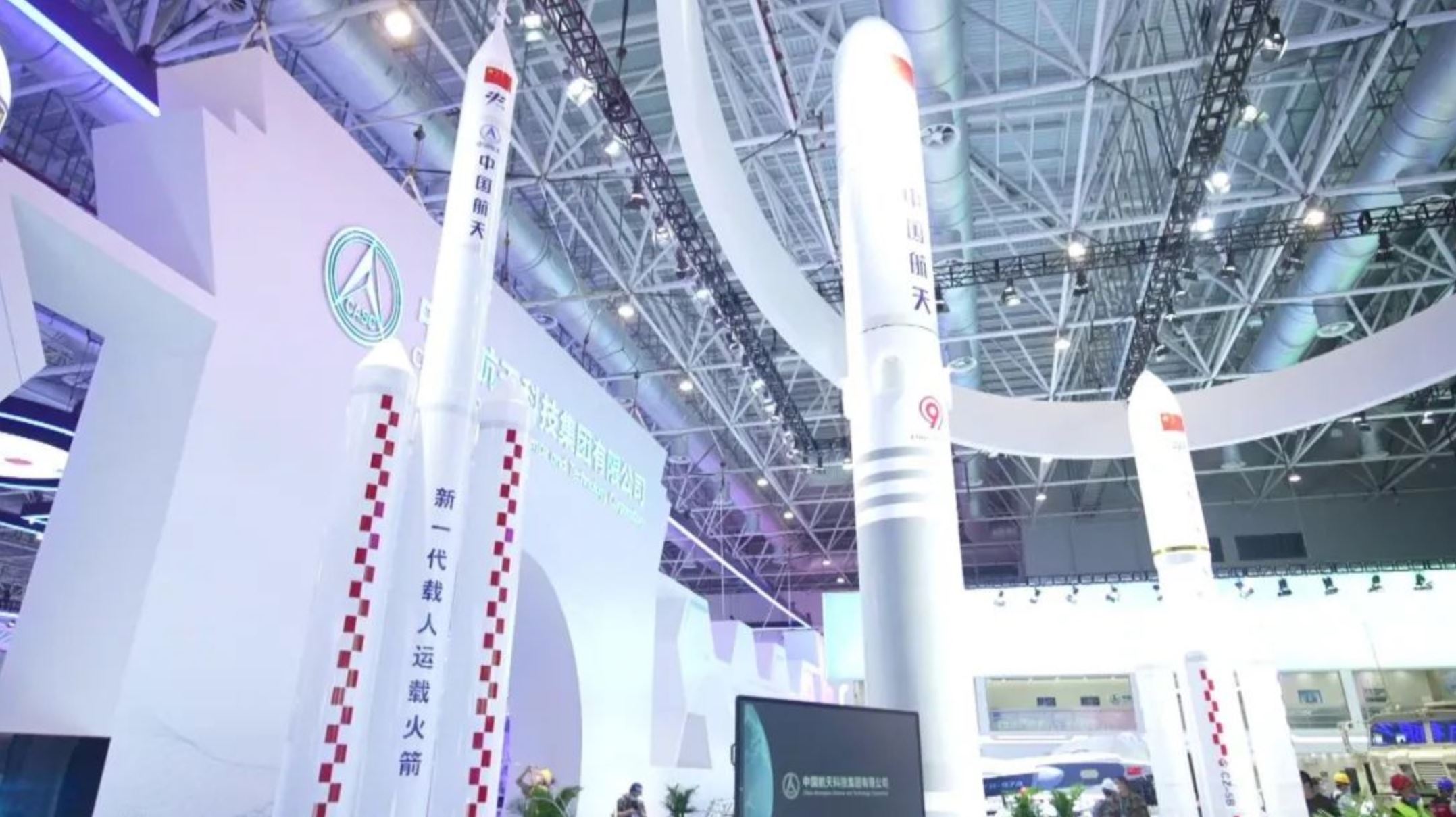HELSINKI — China is planning to make a fully reusable version of a rocket designed to launch infrastructure and deep space missions.
Presentations at events marking China’s national space day in the city of Hefei, Anhui province this week reveal that plans for the Long March 9 rocket include developing an apparently Starship-inspired fully reusable version.
China is now targeting 2033 for first flights of a three-stage Long March rocket powered by numerous full flow staged combustion methane engines on the first stage, capable of carrying 50 tons to lunar transfer orbit, or 35 tons when the first stage is recovered.
The rocket is being developed by the China Academy of Launch Vehicle Technology (CALT). The initial version will be 114 meters long, have a mass at liftoff of 4,400 tons and generate 6,100 tons of thrust.
This will be followed by a two-stage variant capable of carrying 150 tons of payload to low Earth orbit (LEO), or 100 tons when landing the first stage. A fully reusable, 80 tons to LEO variant will be the ultimate objective, expected to fly in the 2040s.
The presentations followed just days after the first integrated launch of SpaceX’s Starship, which ended with the flight being terminated minutes later. Engineers from CALT yesterday published a preliminary analysis of that flight.
China had previously aimed to debut an expendable Long March 9 rocket using 500-ton-thrust kerosene-liquid oxygen engines around 2028-2030.
However the Long March 9 project has evolved in the last couple of years from an initial expendable, more traditional Long March-style rocket kerosene-fueled rocket featuring a 10-meter-diameter core and four 5-meter-diameter boosters presented in the early 2010s, to a single stick versions powered variously by kerosene or methane engines.
CALT announced late last year that plans for an expendable version had been scrapped and that the structural design had been finalized.
Now, CALT appears to be sticking with methane-liquid oxygen propellant, with two and three-stage variants, with the ultimate goal being a Starship-like fully reusable version in the 2040s.
The change in direction means delays in acquiring the rocket’s capabilities, which could delay the country’s planned International Lunar Research Station (ILRS) project.
China is also developing the Long March 10 which could have a first flight around 2027 and could, with a pair of launches, be able to send a crew to the lunar surface before the end of the decade.
The Shanghai Academy of Spaceflight Technology (SAST), the other rocket-designing arm of China’s main space contractor, CASC, has also pitched large, reusable methane-powered rocket designs.
The future Long March 9 has been touted as useful for launching components for a space-based solar power station in geostationary orbit. Reusable super heavy-lift rockets could make the related launch costs much more manageable, while still needing to solve a range of technical, engineering and financial issues surrounding such a venture.
